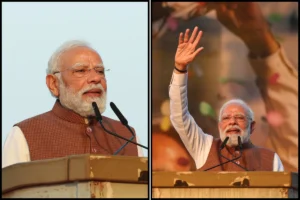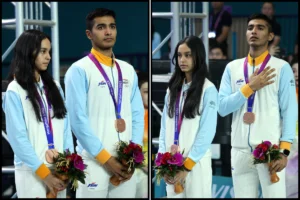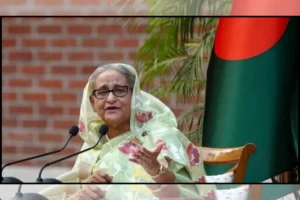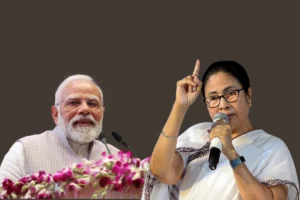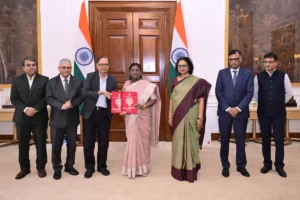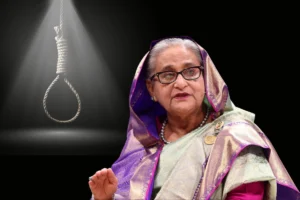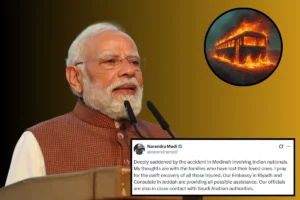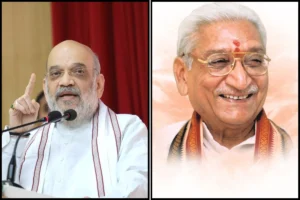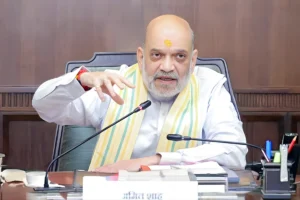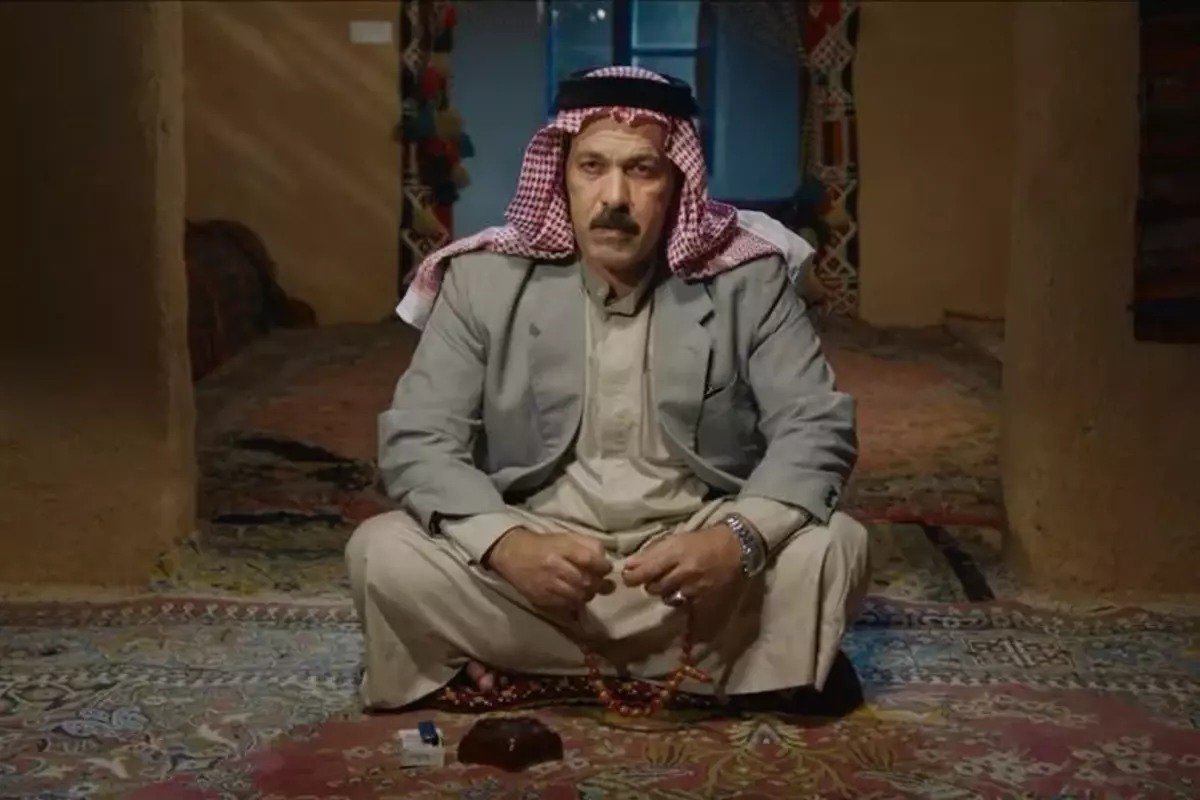
The third Red Sea International Film Festival held in Jeddah featured the documentary “Hiding Saddam Hussein” by Iraqi-Kurdish Norwegian filmmaker Halkawt Mustafa. The film revolves around the ordinary farmer Alaa Namik, who hid Iraqi President Saddam Hussein for 235 days from the U.S. forces after they seized control on March 20, 2003. Mustafa, the director, spent twelve years crafting this rare film, depicting the life of a simple man caught up in extraordinary circumstances. The story unfolds in Tikrit, near Hussein’s birthplace, where Namik arranged hiding in his small farmhouse.
After the American forces captured Saddam Hussein on December 13, 2003, Alaa Namik’s bunker, hidden in a garden, became the last refuge for the fugitive president. Mustafa, the filmmaker, himself faced danger, spending seven months in the notorious Abu Ghraib prison without charges before being released. The film sheds light on the transformation of a common man who became central to Saddam Hussein’s escape, emphasizing the impact of dictatorship and the price Namik paid for his involvement.
Mustafa, speaking at the Red Sea International Film Festival, revealed the challenges he faced in bringing this true story to the world. He emphasized that the focus was not on Saddam Hussein’s atrocities against the Kurdish people, especially the 1988 Halabja massacre but rather on the human story of a man hiding the dictator for 235 days. Mustafa’s intention was not to portray Saddam Hussein but to showcase the human aspect of the individual who kept him hidden.
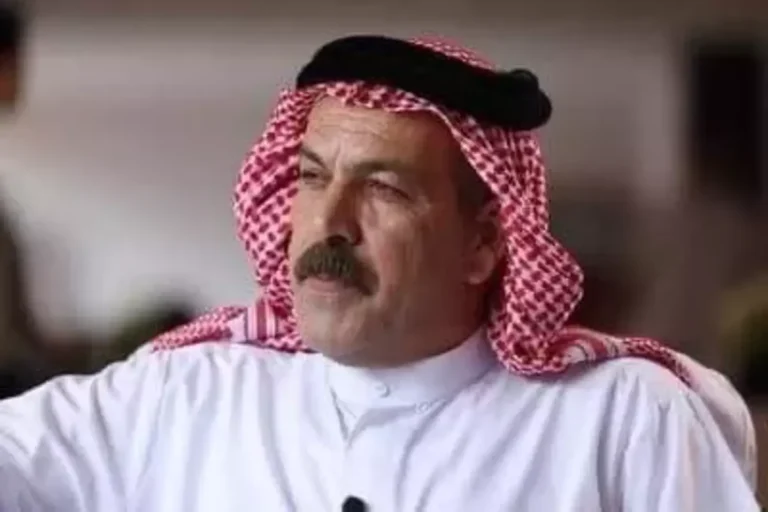
The film incorporates direct testimonials, archival footage, and dramatic reconstructions, providing a unique perspective on the difficult journey of Alaa Namik. It highlights how a poor farmer, enticed by a $25 million reward, managed to shield Saddam Hussein and navigate through the complexities of survival during a tumultuous period. The documentary also touches upon the political climate, including false claims made by U.S. President George W. Bush and British Prime Minister Tony Blair about the presence of chemical weapons in Saddam’s palace.
Alaa Namik’s life transformed as he took on various roles, from a barber to a cook, and eventually became a confidant of Saddam Hussein. Mustafa captured the essence of Namik’s experiences, presenting a narrative that goes beyond myths, showing how an unplanned encounter led to months of hiding one of the world’s most-wanted figures.
The film unfolds as a testimony to the resilience of an ordinary man thrust into an extraordinary situation, revealing the complexities of human behavior and the consequences of living in the shadow of a dictatorship.
To read more such news, download Bharat Express news apps










